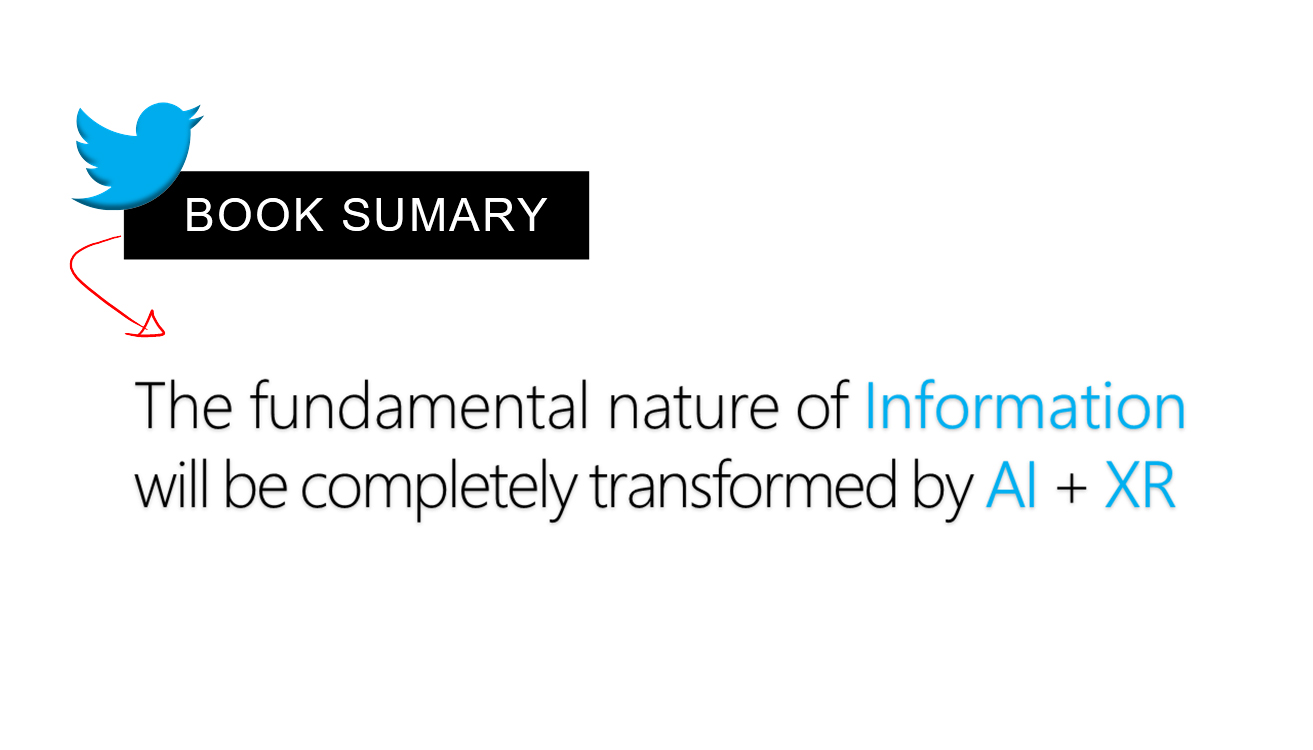praise forenvisioning holograms
by author,M. pell
 Pell is a visionary designer who has created a must-read for anyone making content for the HoloLens, Magic Leap, or any other AR system.
Pell is a visionary designer who has created a must-read for anyone making content for the HoloLens, Magic Leap, or any other AR system.Charlie Fink
Forbes Columnist, Consultant, Speaker, Author
 Envisioning Holograms is a guidebook for designing our holographic future that will change how we work, play and communicate.
Envisioning Holograms is a guidebook for designing our holographic future that will change how we work, play and communicate.Tony Parisi
Global Head of AR/VR for Unity. Industry legend
 Design students, this book is your treasure map. Design teachers, make this required reading.
Design students, this book is your treasure map. Design teachers, make this required reading.Cynthia Andrews
Data Artist and Visualizer
 this book helps define a new design language for this world-changing medium.
this book helps define a new design language for this world-changing medium.Ori Inbar
Managing Partner for Super Ventures, an AR/VR fund
 Envisioning Holograms is An exceptional introduction to a new way of thinking about software
Envisioning Holograms is An exceptional introduction to a new way of thinking about softwareLucas Rizzotto
Award-winning creator of Mixed Reality experiences.
 I was truly enthralled reading Envisioning Holograms. Its certainly a foundational book for me and my team.
I was truly enthralled reading Envisioning Holograms. Its certainly a foundational book for me and my team.Denise Elizabeth White
CEO of SPATIALx
The Age of Smart Information
How Artificial Intelligence and Spatial Computing will transform the way we communicate forever
M. Pell
Foreword by Charlie Fink
The Age of Smart Information
Copyright 2019 by M. Pell Futuristic Design, Inc.
All rights reserved. This book or any portion thereof
may not be reproduced or used in any manner whatsoever
without the express written permission of the publisher
except for the use of brief quotations in a book review,
whether in print, live presentation, or online.
Designed, written, illustrated, and produced by M. Pell
ISBN-13: 978-1-7336870-2-7
First Edition, 2019
Printed in the USA
Published by
Futuristic Design, Inc.
Seattle | New York City
www.FuturisticDesign.com
This one is for you.
CONTENTS
FOREWORD
FOREWORD
Text book
by Charlie Fink
Our relationship to content, and the real world itself, is changing. As we enter this next phase of ubiquitous, invisible, and wearable computing, what was flat, now has dimensions. What was dead, is now alive, energized by AI and Spatial Computing. Mike Pell explains in the following pages how data, text, pictures, graphics, and anything else really, can be enabled to reveal deeper meaning, hidden relationships, and even tell its own story. In this book, Pell shares his compelling vision for the future of information and our most vital and humble communications tool text.
Readers of Pells first book, Envisioning Holograms, were given a unique look at the design thinking and approach taken when creating content for the then newly invented Microsoft HoloLens. As one of the creators of Adobe Acrobat, Pell has some experience with disruption, which makes him the right person to shed some light on whats coming next for us in the area of information design, consumption, and authoring.
Understanding the context of whats happening all around us now is key to comprehending the importance of this book. Most industry experts like myself subscribe to a few commonly held ideas. The first, and most important, is that Augmented Reality is the operating system for the real world. The world now has another layer or dimension, mediated by the camera, which is constantly digitizing and potentially altering all we see in real time. Writing in Wired, Kevin Kelly calls this the Mirrorworld, the digital twin of our world, invisible to the naked eye. I call it a world painted with data. Magic Leap calls it the Magicverse, and AWE founder and VC investor Ori Inbar calls it Wikipedia for the real world, and so on. Lots of names, one idea. Theres a vast invisible world that we are just now starting to surface.
Into this scenario comes Pell, fresh from his pioneering design work on Envisioning Holograms. His frequent lectures begin with the observation that we spend much of our time reading ordinary text on our computers and mobile devices, yet that textual aspect of communication hasnt changed at all in decades despite our daily technical advancements. He then asks his favorite question - how will text change in a more dimensional world? (like the ones we just talked about above). Would everything still really be a page?
Pells belief is that the old way of reading 2D pages will be supplanted by a multi-dimensional experience. He predicts the page will soon become a tired affordance of the old world: lifeless, isolated, and dead as a tombstone. Its time for text to come alive and propel us toward what he calls The Age of Smart Information.
This book predicts that in the near future, the data we regularly consume will feel like its alive and aware, powered by a type of Artificial Intelligence that understands our routines, location, time of day, schedule, and even our emotions, to automatically filter how it is presented to us. New devices, together with precise geolocation and latency-free cloud computing, will be able to place information exactly where and when we need it, without us having to take any explicit action to make it happen. Pell believes this unique, personalized combination of Spatial Computing and Artificial Intelligence will enable our most common forms of communication to come to life right before our eyes.
The beauty we seek is not found in first impressions, but rather in how the truth reveals itself, is Pells poetic description of what the exploration of Smart Information allows. In this new world of Spatial Computing, containers of information will know how and when to reveal their hidden gems.
But, even when powered by a sophisticated AI, only humans can ascribe meaning and recognize value from any new delivery format. I experienced that effect myself during a mind-blowing demo at Augmented World Expo last year, where I found myself walking through Shakespeares Hamlet using Flow Immersive in Virtual Reality. It was presented as a room-scale 3D forest of slowly animating words and the narratives phrases, which gave me a new perspective on a classic work.

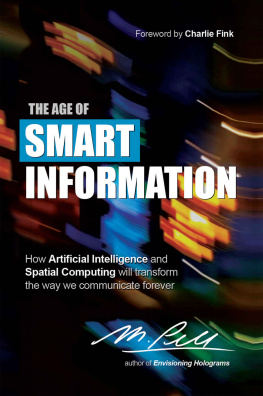
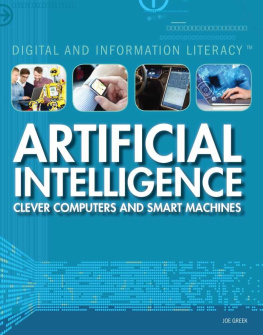
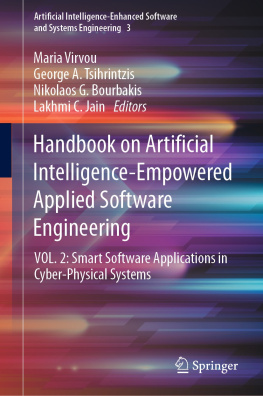

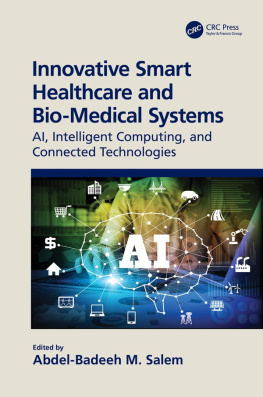
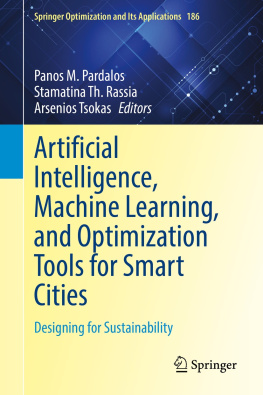
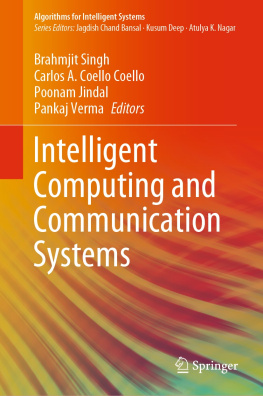
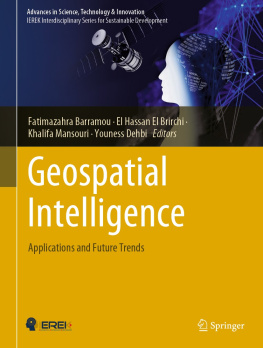
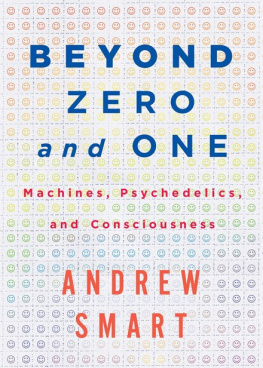

 Pell is a visionary designer who has created a must-read for anyone making content for the HoloLens, Magic Leap, or any other AR system.
Pell is a visionary designer who has created a must-read for anyone making content for the HoloLens, Magic Leap, or any other AR system.
